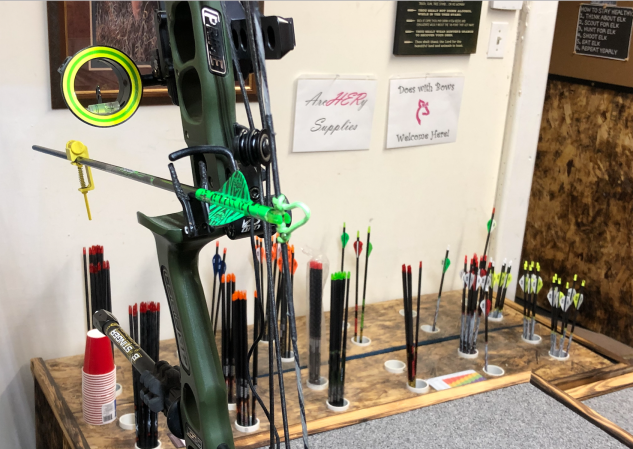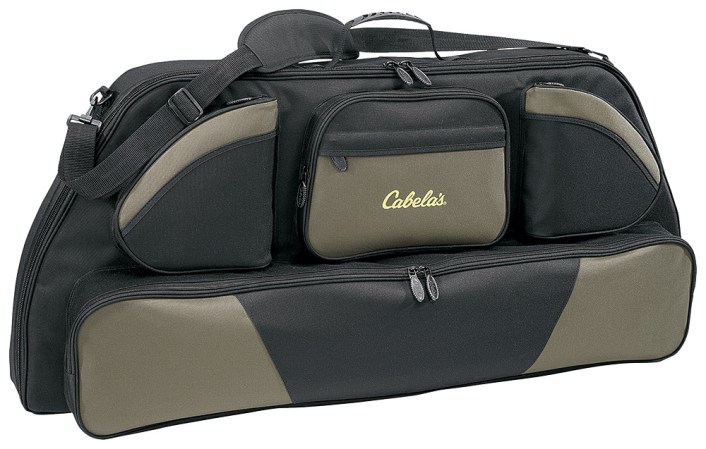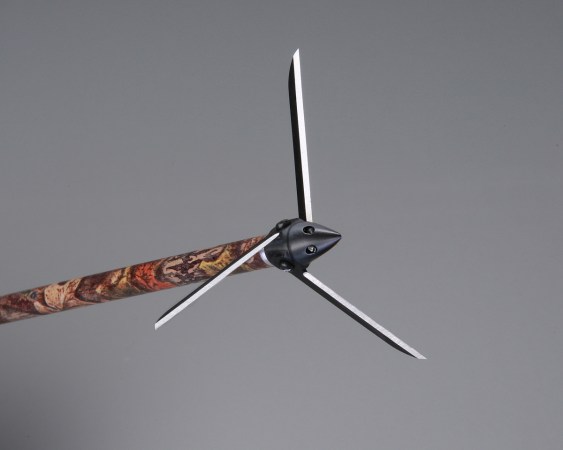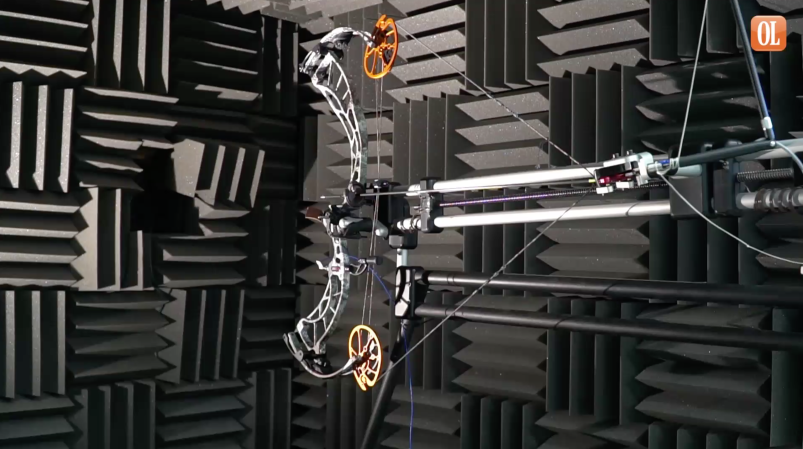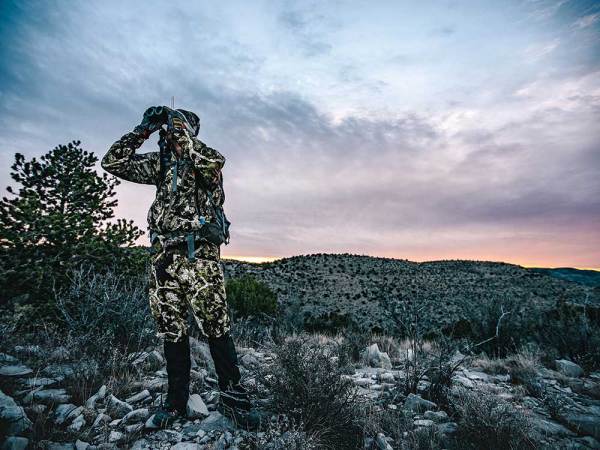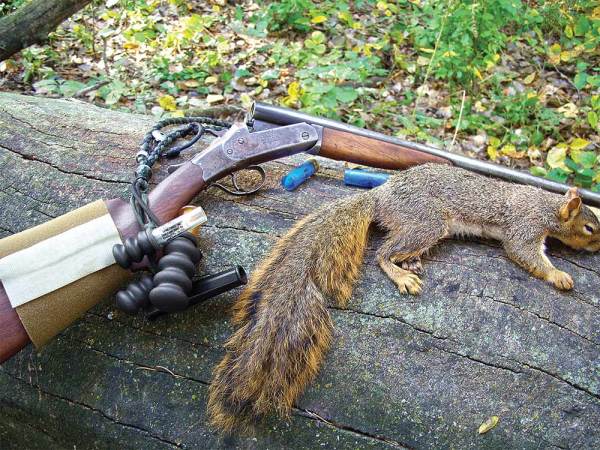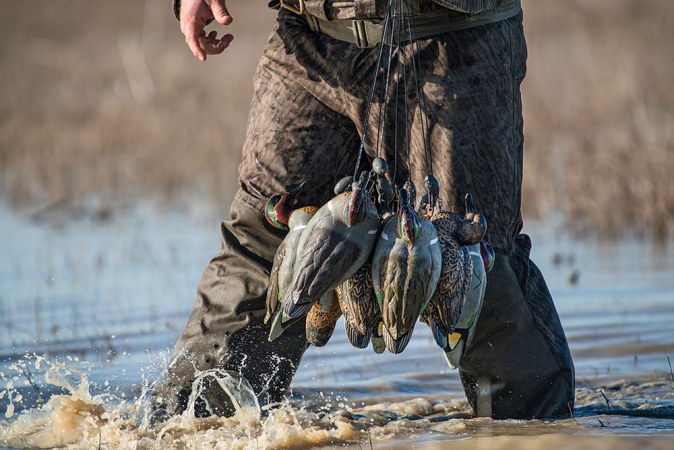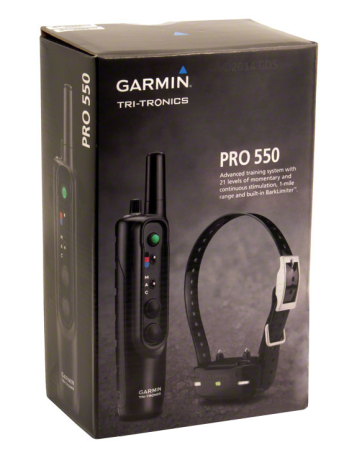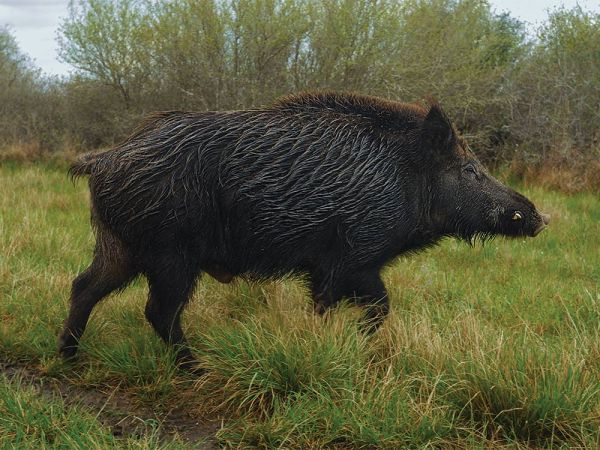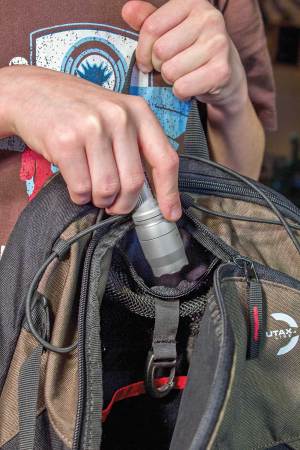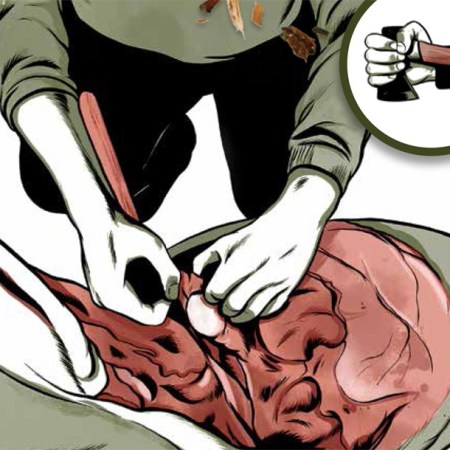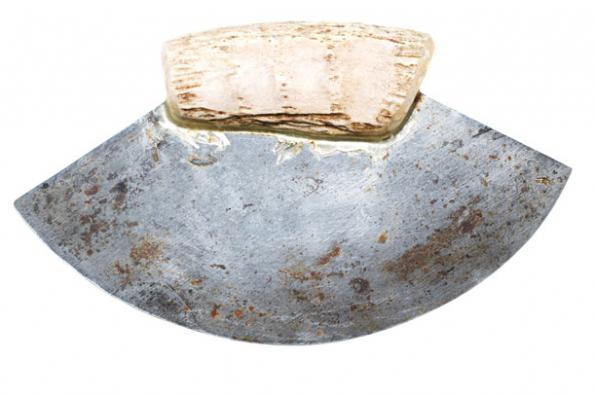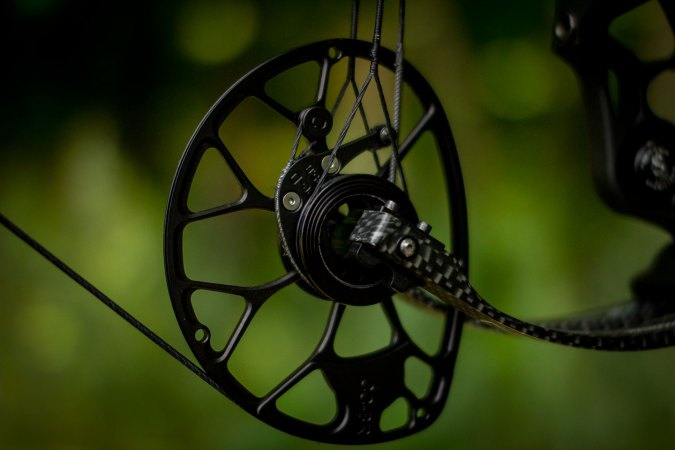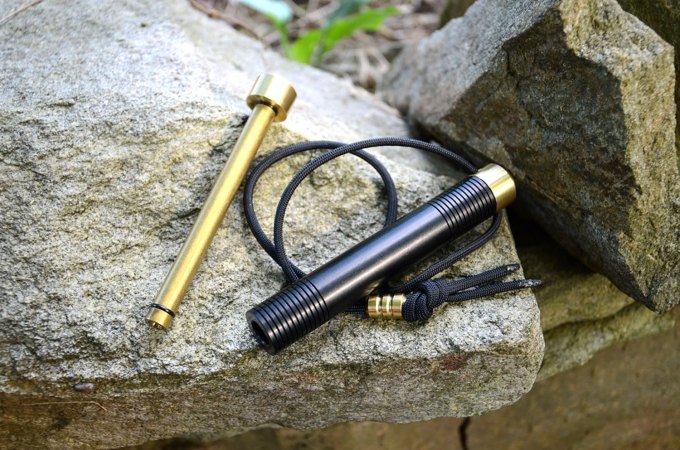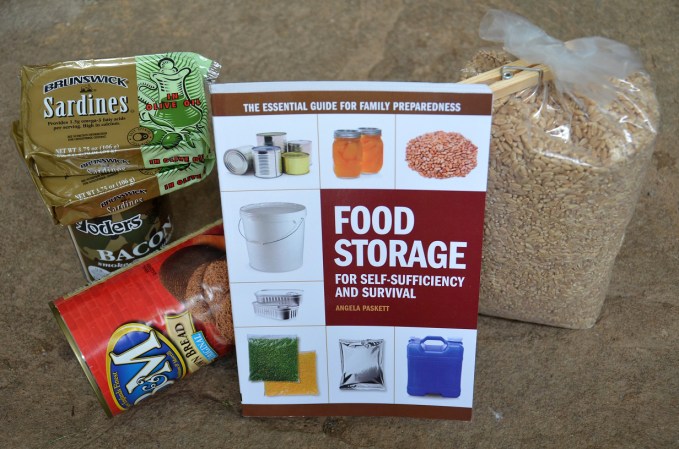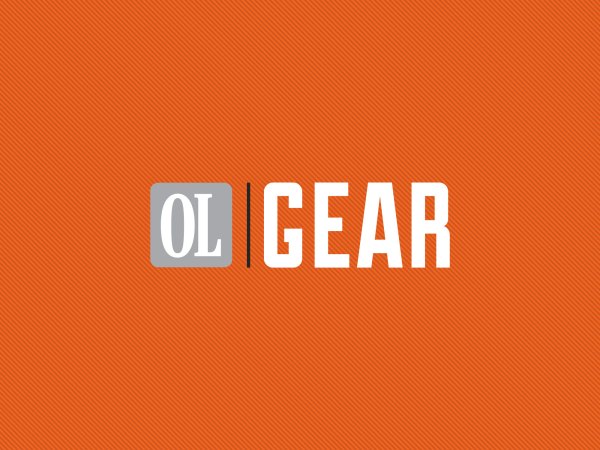We may earn revenue from the products available on this page and participate in affiliate programs. Learn More ›
Bowtech fans who are looking for something new and innovative might be disappointed in the 2022 Bowtech SR 350 because it’s nearly identical to the 2021 Bowtech Solution. In fact, when I first unboxed the SR 350, I wasn’t sure if there were any differences from the Solution.
But that’s not necessarily a bad thing. The Solution is a smooth, versatile, and fast-shooting bow. The SR 350 is all of that too, just a little bit faster. Solution owners might not see a need to trade in for the SR 350, but Bowtech fans who didn’t get the 2021 bow have a great option in the 2022 flagship.
Bowtech SR 350 Specs and Features

At 33 inches, the SR 350 is one inch longer, weighs .1 pounds more, and has an IBO speed rating that’s 4 feet-per-second faster than the Solution. Not surprisingly, the two bows share a lot of the same features and technologies.
When I first pulled the SR 350 out of the box, I thought, “This is the Solution.” I actually went to the Lancaster Archery Supply Pro Shop to grab a Solution so I could look at the bows side by side. Once I did, I could see some subtle differences.
New Cams
The main difference is the shape of the cam. The SR 350 has a more pointed tail to its cams, where the Solution’s are more rounded. The point allows the cam to generate more speed, according to the folks at Bowtech. And while that little boost in speed is important to Bowtech, their main goal was to increase the speed without sacrificing a comfortable shot process.
But let’s talk about some features Bowtech carried over to the SR 350 from the Solution and a couple of its predecessors, which are big hits. First up is the Flip Disc.
Customizable Settings
Like a lot of bows on the market, the SR 350 has a module on each cam that is rotated to change draw length. The SR 350 has a total draw length range of 25-30 inches, and the module allows half-inch adjustments in length within that range.
What’s unique about the Bowtech module is that it is two-sided, hence the name “Flip Disc.” One side of the module is designated as “Comfort,” and the other is stamped with “Performance.” Each gives the bow a unique feel and performance.
In the Comfort setting, the bow draws smooth through the entire cycle. You expend the most energy at the start of the cycle, and then settle into the back wall as the cams roll over.
In the Performance setting, the draw cycle starts the same as in the Comfort setting, but then you hit a second peak right before the cams roll. That is, you start out pulling a fair amount, the draw gets a bit easier, and then you hit another exertion point before letoff. The second peak isn’t harsh, but it is noticeable.
As for the performance difference, the Comfort setting is easier to draw, but produces slower arrow speeds than the Performance setting. That’s as simple as I can put it.
What’s the benefit of having two such settings? Let’s say you want to shoot a round of 3-D archery with 40 targets on the course. The Comfort setting sure will be easy on the shoulder over 40 shots. But then you also want to hunt antelope out West. That Performance setting will boost your arrow speed, giving you a flatter trajectory for long-distance shooting.
With the SR 350, you can do both with one bow.
Tuning Features
Another sweet repeat feature built into the SR 350 is Bowtech’s Deadlock system. First, there are the Deadlock Cams, which have one of the simplest tuning capabilities on the market.
Let’s say you’re paper tuning and you need to fix a left or right tear. All you need with the Deadlock cams is a set of Allen keys.
You turn one screw to unlock the cam, then turn another to drive the entire cam left or right. It’s the same as moving axle shims, except it’s about 1,000 times easier. Turn the Allen key clockwise to drive the cam one way. Turn it counterclockwise to drive it the other way. Once you get the desired tune, lock the locking screw and you’re done.
In my review of the Elite Envision, I credited Elite for having the easiest tuning system on the market with its S.E.T. technology, where you turn an Allen key to pivot the limb pocket left or right. Bowtech’s Deadlock system is just as simple. But I give the nod to Elite, simply because they post a sticker on the bow that tells you which way to turn the Allen key to correct a given paper tear.
Limb Pockets
Bowtech’s Deadlock system next extends to the limbs and limb pocket on the SR 350. There are two screws which firmly affix the limbs to the pocket. Then another screw locks the pocket to the riser. Once everything is locked down, there’s no fear of anything shifting.
Cable Containment
The third piece of Deadlock is the cable containment system. The SR 350 has a pair of rollers at the end of the cable arm. The rollers spin as the cables slide up and down through the draw cycle and shooting process. Under Deadlock, Bowtech has a plate that essentially covers the cables at the rollers so they can’t leave the roller tracks.
Vibration Dampening
For a couple of years now, Bowtech hunting compounds have come with detachable and stackable vibration dampeners called Orbits. They are round discs that soak up vibration at the shot. The SR 350 comes with two Orbits—one at the top of the riser and one at the bottom—but Bowtech has moved their mounting locations so they are more in line with the path of the string. Engineers say this new position allows them to better absorb shock.
Bowtech’s Clutch Grip makes another return on the SR 350. It’s an OK grip, that’s narrowed at the top and flat on the hand surface, with rounded edges. (I’ll tell you what I think of it here in a minute.)
Testing the Bowtech SR 350

The SR 350’s speed on the Performance setting. P.J. Reilly 
The SR 350’s speed on the Comfort setting. P.J. Reilly
For my test, I borrowed a 70-pound SR 350 from Lancaster Archery Supply. On the shop’s draw scale, the bow registered 68.28 pounds of draw weight with the limb bolts turned in as far as they’d go.
I set the modules at 29.5 inches of draw length, and shot a 477-grain arrow through a chronograph both on the Comfort and Performance settings. In the Comfort setting, my bow produced an arrow speed of 275 feet per second. In Performance, it shot 285 feet per second.
Those are respectable speeds for the stated bow and arrow specifications. As I’ve stated before in other bow reviews, I have never been able to reproduce IBO speed ratings shooting regular arrows through regular bows. So I never had an expectation that I’d see a speed close to 350 fps with the SR 350.
As for the shooting experience, the SR 350 is a nice shooting bow—in both the Comfort and Performance settings. Bowtech’s marketing folks told me their tagline for the SR 350 is “Smooth has never been this fast.”
Normally, bows that emphasize smoothness in the shooting experience tend to be slower than other bows. They’ve got rounded cams, big brace heights and high letoffs. They’re built for comfort, not for speed.
The SR 350 is built like a typical speed bow. It’s got big cams with a teardrop shape and a 6-inch brace height. But it doesn’t shoot like a speed bow. I’ve shot some of those. It isn’t fun. They want to rip out your shoulder at nearly every point of the draw cycle.
The SR 350 draws nice in both settings. Yes, the Performance setting does require a little more umph to get the cams to roll. But both have comfortable valleys on the other side of the roll.
In the Comfort setting, the let off is 85 percent. In the Performance setting, the let off is 83 percent. So it doesn’t change much between the two, yet Performance produced 10 fps more speed for me.
At 33 inches long, I like how the SR 350 holds. I tend to like longer bows. Holding the bow bare, with no accessories, it’s pretty well balanced. It doesn’t want to tip one way or the other. I can always correct that with stabilizers, but bows that are well balanced with nothing on them tend to feel more stable once you add accessories.
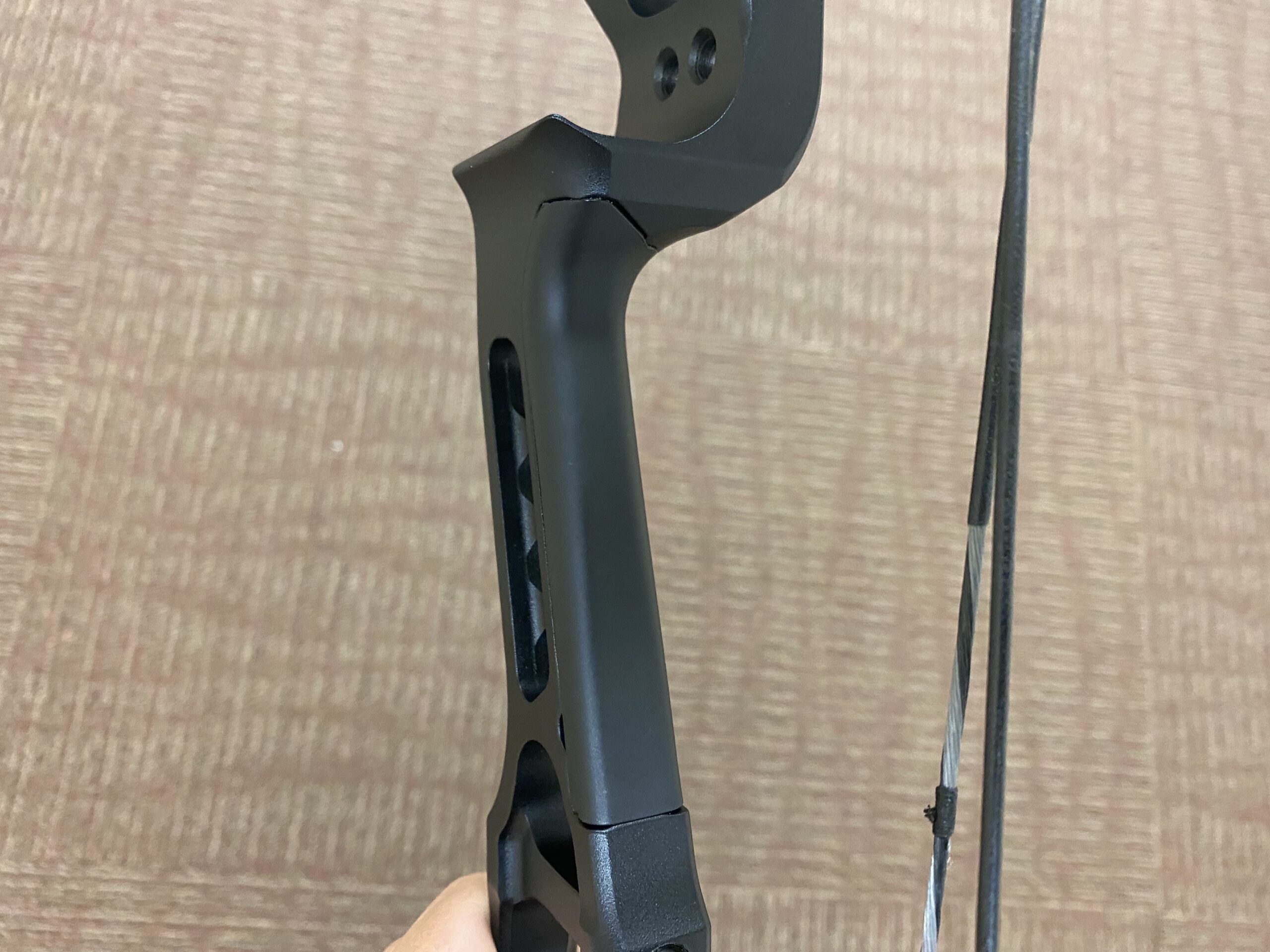
The only instability that I feel in the hold seems to come from the grip. I have big hands, and the Clutch grip just doesn’t feel solid in my hands. It’s like balancing on a beam that’s too narrow. I feel like my hand can easily shift left or right, which would create torque problems. I like a grip that I don’t have to think about, and with this grip, I have to think about it to keep my hand position solid.
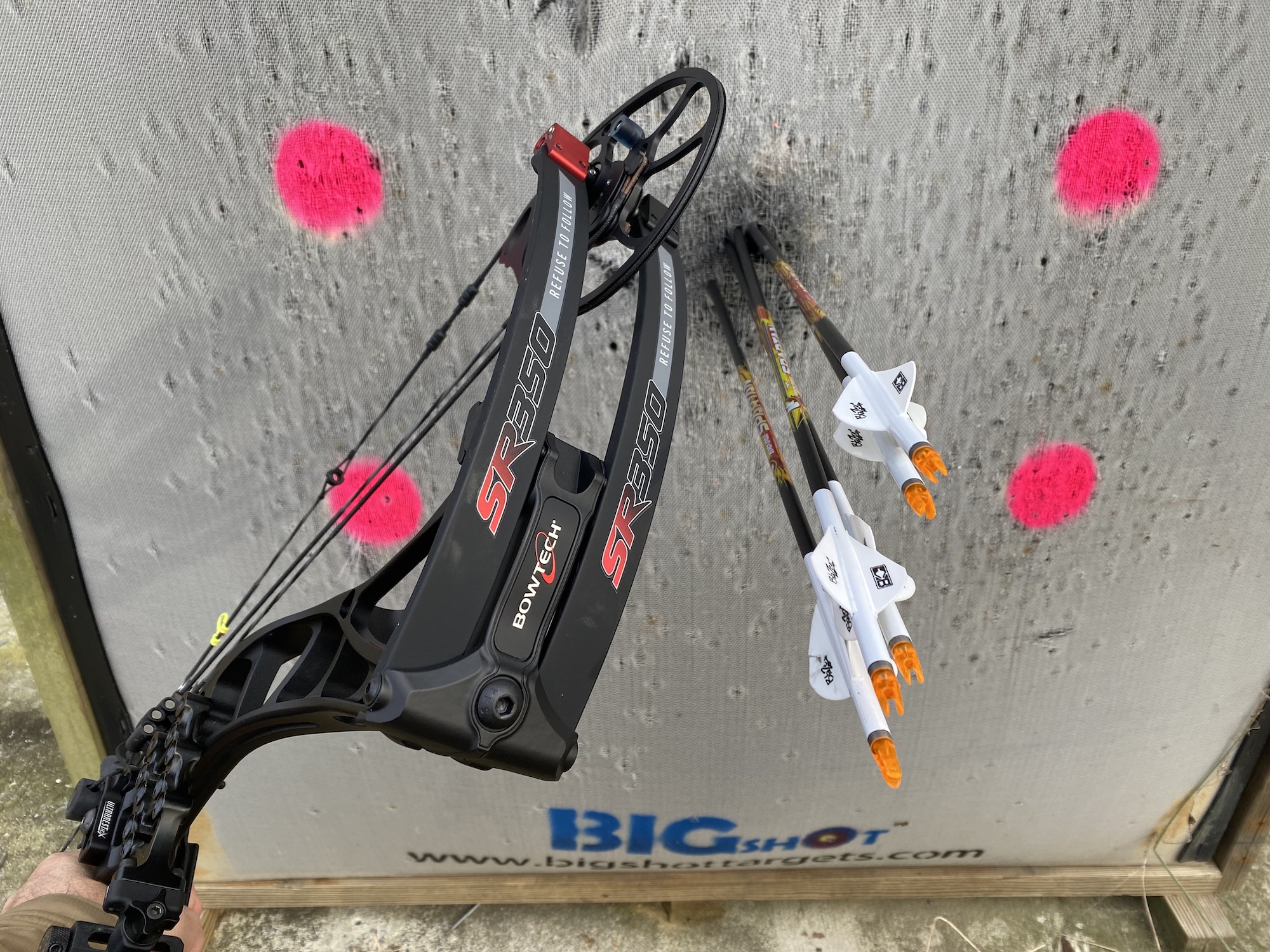
Where the SR 350 Is Lacking
I just don’t care for the Clutch grip. I know other people love it. For me, it’s one of my least favorite grips among the major bow manufacturers. I wish the edges weren’t quite so rounded. This could easily be fixed with an after-market grip.
Where the SR 350 Excels
The SR 350 is versatile and easy to use. The Deadlock cams simplify tuning so that anyone can work with it. There’s no bow press or special skills needed to get perfect arrow flight.
The Flip Discs essentially give you two bows in one. You choose how you want the bow to perform on any given day. That’s a great feature for the year-round bowhunter and target archer who wants to own only one bow.
Smooth speed. There’s no denying this is a smooth-shooting bow that’s built for speed, but it doesn’t feel like it.
The Upshot
Again I will state that Bowtech didn’t throw out its playbook from 2021 to 2022 in going from the Solution to the SR 350. They took systems that work and tweaked them to get a little more performance out of their flagship offering. The SR 350 isn’t terribly different from the Solution, but it shoots great. And that’s what matters.


